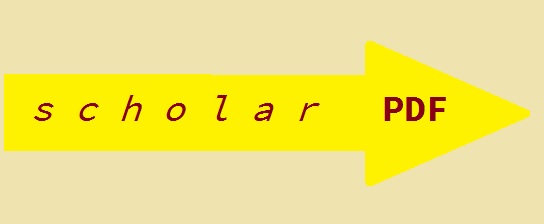Warning: Undefined variable $zfal in C:\Inetpub\vhosts\kidney.de\httpdocs\mlpefetch.php on line 525
Deprecated: str_replace(): Passing null to parameter #3 ($subject) of type array|string is deprecated in C:\Inetpub\vhosts\kidney.de\httpdocs\mlpefetch.php on line 525

Warning: Undefined variable $sterm in C:\Inetpub\vhosts\kidney.de\httpdocs\mlpefetch.php on line 530
Warning: Undefined variable $sterm in C:\Inetpub\vhosts\kidney.de\httpdocs\mlpefetch.php on line 531
 
English Wikipedia
Nephropedia Template TP (
Twit Text
DeepDyve
Pubget Overpricing |   
lüll
Introduction to 3D reconstruction of macromolecules using single particle electron microscopy Llorca OActa Pharmacol Sin 2005[Oct]; 26 (10): 1153-64Single-particle electron microscopy has now reached maturity, becoming a commonly used method in the examination of macromolecular structure. Using a small amount of purified protein, isolated molecules are observed under the electron microscope and the data collected can be averaged into a 3D reconstruction. Single-particle electron microscopy is an appropriate tool for the analysis of proteins that can only be obtained in modest quantities, like many of the large complexes currently of interest in biomedicine. Whilst the use of electron microscopy expands, new methods are being developed and improved to deal with further challenges, such as reaching higher resolutions and the combination of information at different levels of structural detail. More importantly, present methodology is still not robust enough when studying certain tricky proteins like those displaying extensive conformational flexibility and a great deal of user expertise is required, posing a threat to the consistency of the final structure. This mini review describes a brief outline of the methods currently used in the 3D analysis of macromolecules using single-particle electron microscopy, intended for those first approaching this field. A summary of methods, techniques, software, and some recent work is presented. The spectacular improvements to the technique in recent years, its advantages and limitations compared to other structural methods, and its future developments are discussed.|*Imaging, Three-Dimensional[MESH]|*Macromolecular Substances[MESH]|*Protein Conformation[MESH]|Cryoelectron Microscopy/*methods[MESH]|DNA-Activated Protein Kinase/ultrastructure[MESH]|Image Processing, Computer-Assisted/*methods[MESH]|Nuclear Proteins/ultrastructure[MESH]|Ribosomes/ultrastructure[MESH]|Software[MESH] |





